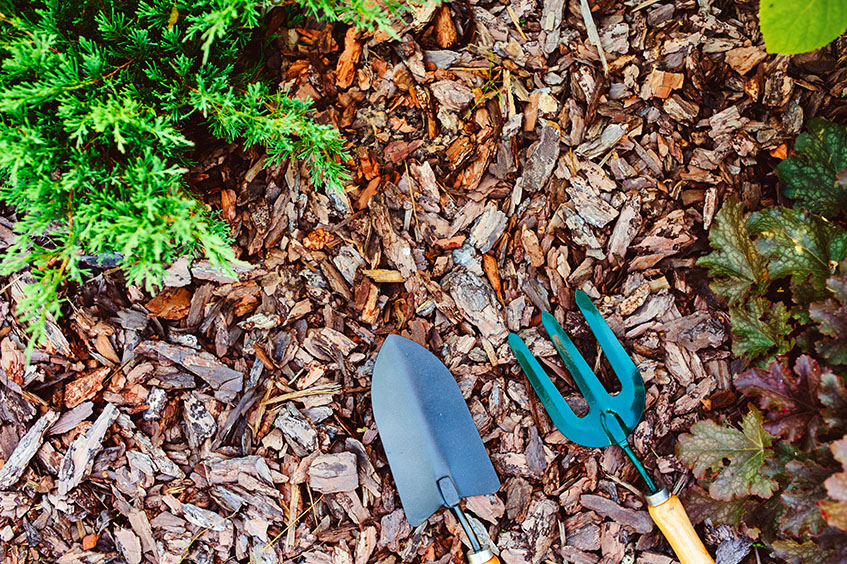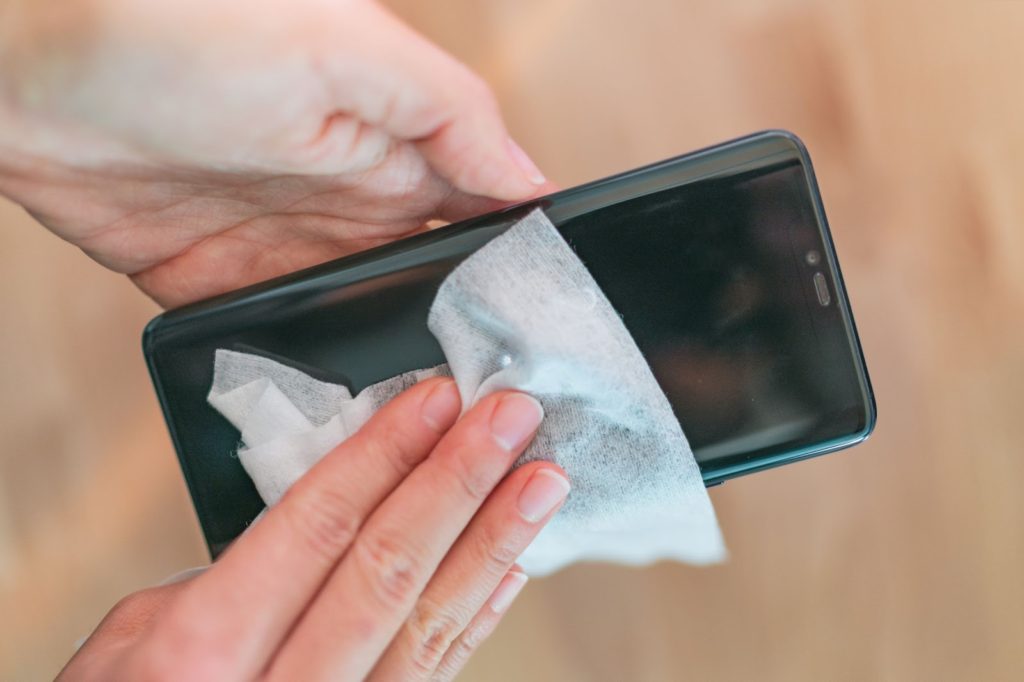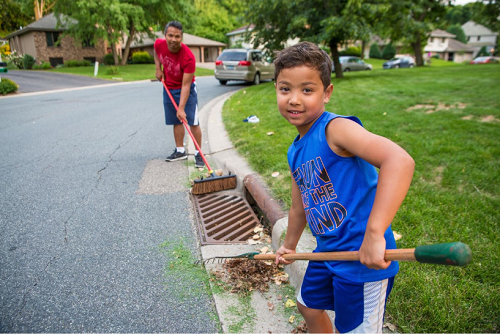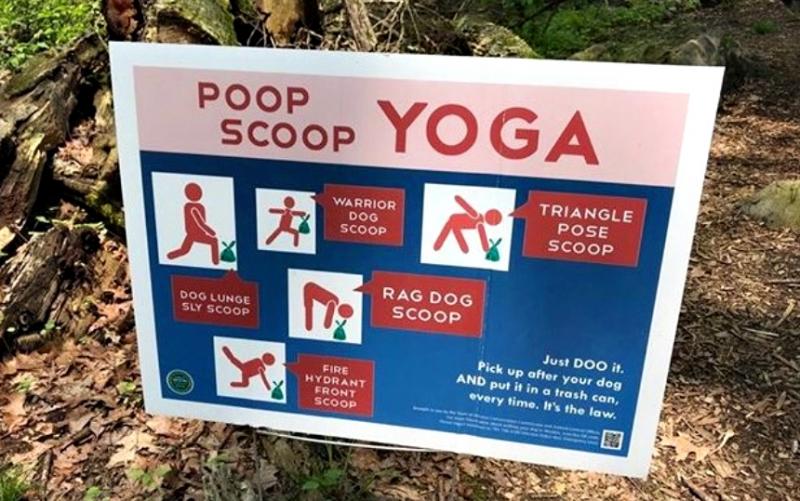Not all learning has to be done in a classroom and we can always learn new things at any age in our life! This is why we’ve curated a list of educational online resources for learners of all ages. In true Flows to Bay fashion, these resources involve the many various topics under the umbrella of stormwater pollution prevention. Check it out below and contact us if there’s any that we’ve left out of the list!
All about Water: Waterways, Water Systems, and Water Resources
- U.S. EPA’s Darby Duck and the Aquatic Crusaders includes seven experiments to learn about the characteristics of water and how it interacts with other elements in the environment, some of which pollute it and cause problems for people and animals.
- Water Quality Backyard Activity Guide explores the topic of water quality in your area with activities both on and off the worksheet.
- National Science Foundation’s (NSF) Earth & Environment Classroom Resources has a collection of resources to help your child understand the science behind water and its role in our environment.
- Skype a Scientist is a resource that includes thousands of scientists from around the world. You choose the desired science field you want to discuss and you can virtually meet with a scientist from the comfort of your living room!
- NASA’s Climate Kids – Water Section has lessons, games, and videos that engage children in the topic of water and observing where Earth’s water is found – and how that is changing over time.
Aquatic Life and Ecosystems
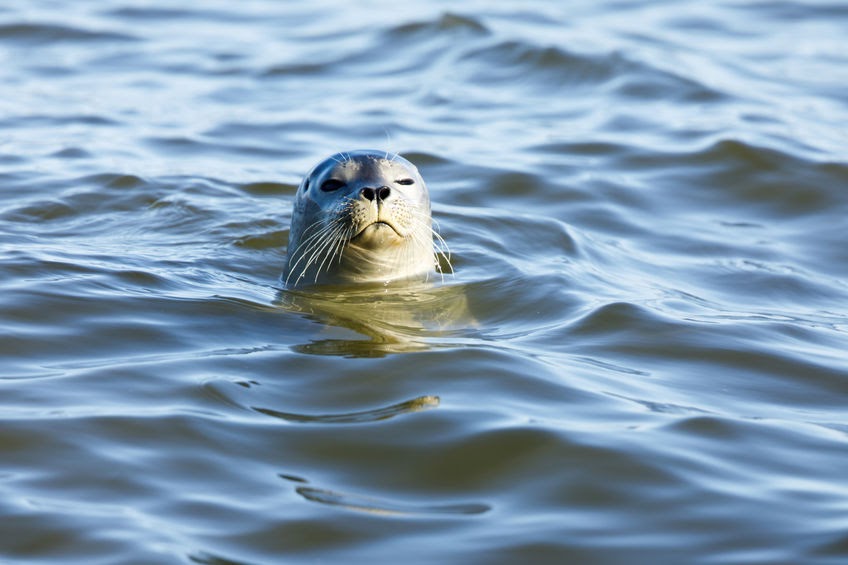
- Aquarium of the Pacific’s Aquarium Webcam helps students get to know the animals who live in the ocean by viewing live footage from this aquarium.
- The Nature Conservancy’s Virtual Field Trips takes you around the world to discover a coastal ecosystem in Peru, the coral reefs of Palau, and more. This resource contains a video, teacher guide, and student activities for each field trip.
- Monterey Bay Aquarium has games, coloring pages, guided activities, and free online courses to connect your child with aquatic life and ecosystems.
- Ocean Observatories Initiative (OOI) offers live video of Axial Seamont, the most advanced underwater volcanic observatory in the world’s oceans! Also available are archives of previously recorded videos and online data investigations.
- Peninsula Open Space Trust (POST) made this coloring book about local wildlife! This not only is a great educational resource for kids, it’s also a relaxing activity for adults.
Watersheds
- U.S. EPA’s Watershed Academy has self-paced training modules and webcast seminars that provide current information from national experts across a broad range of watershed topics.
- National Environmental Education Foundation’s Interactive Watershed Sleuth Challenge is a three-part course where participants will learn more about their watershed—what it is, why it’s important, and what can be done to protect it. Upon completion of a course level, participants will earn a digital badge to show off their watershed knowledge.
- Discover Water’s Explore Watersheds is an interactive website that teaches children about watersheds and how actions within watersheds have effects elsewhere.
- Project WET’s Home Water Lesson called “Seeing Watersheds” teaches children about watersheds through an interactive lesson taught by Miss Rainey.
- Grassroots Ecology helps students become “Watershed Warriors” through a lesson plan that prompts students to create a simple watershed model at home and study patterns of water flow to better understand how pollution ends up in the bay.
Connecting Runoff and Pollution
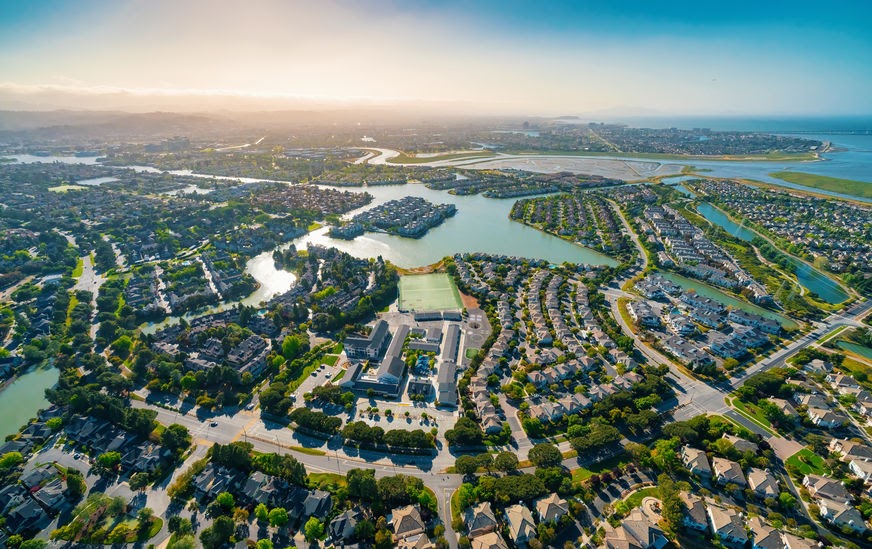
- National Institute of Environmental Health Sciences (NIEHS) provides an online resource (K-12 and above) of lessons, articles, activities, and games related to “Chemicals and Pollutants” and “River and Stream Pollution.”
- Storm Drain Maze makes the connection between rain and storm drains by being instructed to lead the water droplet through the maze and into the storm drain.
- Pollution Prevention Word Search helps students become familiar with the various topics involved in preventing pollution.
- Grassroots Ecology has insightful lesson plans on this topic: 1) “Water in Our Environment” explains how water moves through our environment, including the different fates of water flowing down the drains in our homes and water running off the streets during storms; 2) “Who Dirtied the Bay” discusses current sources of pollution and what students can do to help.
- Stormwater Crossword integrates various concepts and facts about stormwater, where it goes, how it becomes pollution, and more.
Effects of Litter and Preventing it from Entering our Waterways
- The National Oceanic and Atmospheric Administration’s (NOAA) Understanding Marine Debris Activity Book engages your child in various topics involving marine debris such as identifying the problem, seeing what a healthy and unhealthy coral reef looks like, how long it takes marine debris to decompose, and what happens to marine life when they come across litter in their habitat.
- U.S. EPA’s Beach Kids teaches students how to protect beaches through litter prevention.
Lawn & Garden / Pest Management
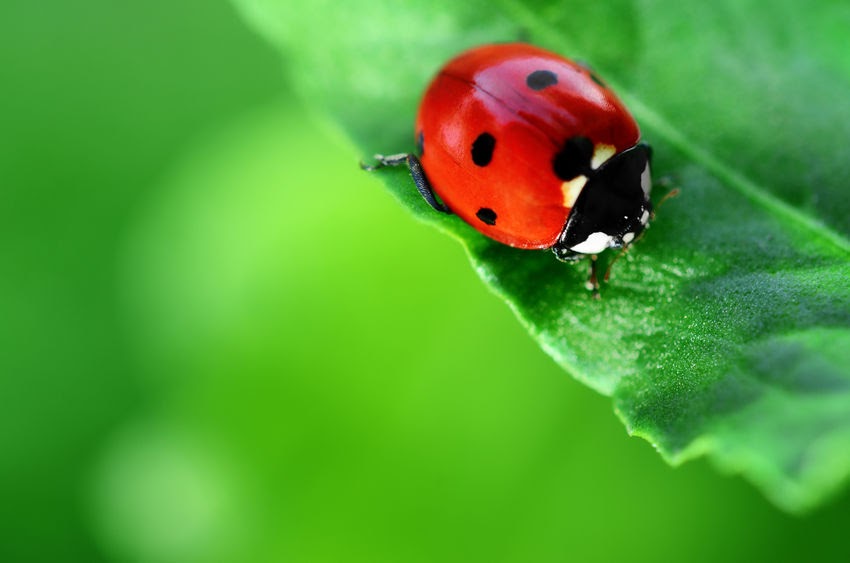
- Grassroots Ecology has a lesson called “Bugs in Our Ecosystems,” which helps students learn about the critical roles of bugs in our local ecosystems by playing different fact-matching games and searching for their own bug close to home.
- Our Water Our World has an “Ask Our Expert” resource that connects you with an expert from the Bio-Integral Resource Center, which specializes in the development and communication of least-toxic, sustainable, and environmentally sound IPM methods.
- Pest or Pal? Activity Book has various activities including a crossword puzzle, word scramble, fun facts, bug jokes, and more that involve the topic of helpful and harmful bugs.
- The Statewide Integrated Pest Management Program has a helpful and easy to follow chart for you to learn what natural enemy to introduce to help specific pest problems.
Proper Disposal of Household Hazardous Waste
- Hazardous Waste Sudoku helps with understanding what is considered hazardous waste by completing a sudoku with a correlated symbol.
- Oil Recycling Center Maze engages students in an interactive way to learn that used motor oil needs to go to a recycling center.
Do you want to share an educational resource about stormwater pollution prevention? Contact us here!
